
How to Safely Drain a Water Heater Before Moving
- Step-by-Step Guide to Draining Your Water Heater
- Precautions to Take When Draining the Heater
- Essential Tools Needed
- Helpful Tips for Smooth Water Heater Draining
- When to Call a Professional
When preparing to move a water heater, draining it properly is a crucial task that can prevent damage to the appliance and your home. Water heaters are heavy, and their contents can add significant weight, making them challenging to move if not properly emptied. Draining the water heater also helps in the process of relocating it, ensuring it is lighter and ready for transport. In this article, we will provide a detailed guide on how to safely drain a water heater before moving, covering everything from preparation to post-drainage cleanup.
Step-by-Step Guide to Draining Your Water Heater
Follow these easy steps to drain your water heater safely before moving it:
- Turn off the power and water supply: Before beginning the draining process, make sure to turn off the power supply if you have an electric water heater, or switch off the gas supply for a gas-powered unit. Then, close the cold water supply valve to the heater to stop any fresh water from entering during the process.
- Attach a garden hose to the drain valve: Locate the drain valve at the bottom of the water heater. Attach a standard garden hose to this valve, ensuring that the other end of the hose is directed to a floor drain or outside to avoid any water damage.
- Open the pressure relief valve: The pressure relief valve, usually located at the top of the heater, should be opened to allow air to enter the tank. This step is essential to ensure that the water drains properly.
- Drain the water: Now, open the drain valve. The water should start flowing out through the hose. Allow the tank to empty completely, which can take some time, depending on the size of the tank and the amount of water inside.
- Flush the tank: After the tank has drained, it’s a good idea to flush it to remove any sediment or debris. To do this, briefly turn on the cold water supply for a few minutes, letting water flow into the tank. This helps flush out any remaining particles from the bottom of the tank.
- Close the drain valve and disconnect the hose: Once the tank is fully flushed and drained, close the drain valve, and disconnect the hose. You are now ready to proceed with moving the water heater.
Precautions to Take When Draining the Heater
While draining your water heater, it’s important to follow safety precautions to avoid damage or injury:
- Wear protective gear: Always wear gloves and safety glasses to protect yourself from any splashes or accidental exposure to hot water, especially if you’ve just turned off the heater.
- Ensure proper ventilation: If you're draining a gas water heater, ensure the area is well-ventilated to avoid the buildup of gas fumes.
- Check the condition of the drain valve: Over time, the drain valve may become corroded or clogged. If the valve is broken or difficult to open, consider replacing it before attempting to drain the tank.
Essential Tools Needed
Here are the tools you will need to drain your water heater safely:
- Garden hose: A standard garden hose is essential for draining the water from the tank to a safe location.
- Adjustable wrench: You may need this to open the drain valve or to disconnect any fittings that are difficult to turn by hand.
- Bucket or container: If you don’t have a nearby drain or if the hose is too short, a bucket or container can be helpful for catching the water as it drains out.
- Flashlight: A flashlight may be useful if you need to work in a dimly lit space or inspect parts of the water heater that are harder to see.
Helpful Tips for Smooth Water Heater Draining
Here are a few tips to make the process easier:
- Turn off the heater well in advance: If possible, turn off the water heater a few hours before draining it to allow the water to cool down. Draining hot water can be dangerous.
- Check the water temperature: Before draining, ensure the water temperature is safe. The water in the tank can get very hot, which may pose a risk of burns if you aren’t careful.
- Inspect the tank for leaks: While draining, check the tank for any leaks or corrosion. If you notice any issues, it might be a good time to address them before moving the heater.
When to Call a Professional
If you feel uncomfortable performing any of the steps or if you encounter any issues like a stuck drain valve or water that isn’t draining properly, it’s best to consult a professional plumber. They can safely handle the job and ensure the water heater is ready for transport without causing any damage or issues.
For more information on water heater maintenance or if you need parts and tools for your plumbing tasks, visit Plumbers Supply Hub for top-quality products and expert advice.

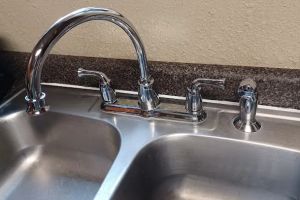
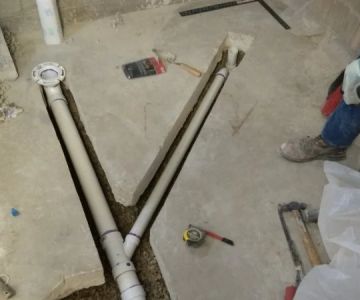
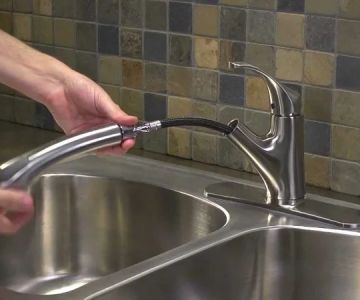
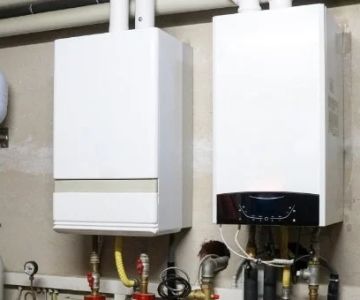


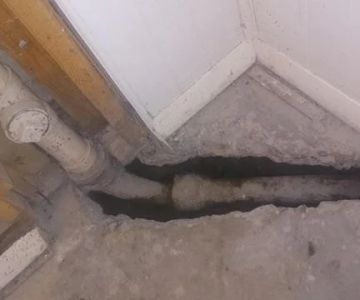
 Oakland Plumbing LLC5.0 (17 reviews)
Oakland Plumbing LLC5.0 (17 reviews) Midwest Plumbing & Service4.0 (7 reviews)
Midwest Plumbing & Service4.0 (7 reviews)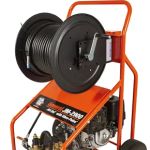 Moberly Plumbing4.0 (117 reviews)
Moberly Plumbing4.0 (117 reviews) American Trenchless Technologies4.0 (8 reviews)
American Trenchless Technologies4.0 (8 reviews) Tony's Plumbing3.0 (12 reviews)
Tony's Plumbing3.0 (12 reviews)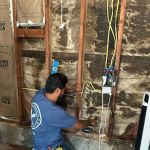 Socal Plumbing Co5.0 (5 reviews)
Socal Plumbing Co5.0 (5 reviews) How to Repair a Hairball Clog Without Harsh Chemicals
How to Repair a Hairball Clog Without Harsh Chemicals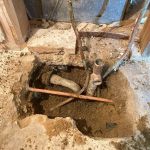 How to Repair a Junction That Is Leaking Under Slab: A Comprehensive Guide
How to Repair a Junction That Is Leaking Under Slab: A Comprehensive Guide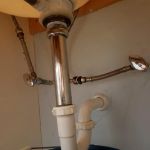 How to Replace a Sink Overflow Tube: A Complete Step-by-Step Guide
How to Replace a Sink Overflow Tube: A Complete Step-by-Step Guide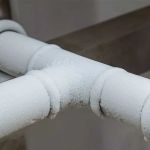 What Causes Frozen Pipes and How You Can Prevent It - Expert Tips
What Causes Frozen Pipes and How You Can Prevent It - Expert Tips How to Replace a Shower Niche Drain: Step-by-Step Guide for Homeowners
How to Replace a Shower Niche Drain: Step-by-Step Guide for Homeowners How to Replace an In-Wall Shower Drain: Step-by-Step Guide
How to Replace an In-Wall Shower Drain: Step-by-Step Guide